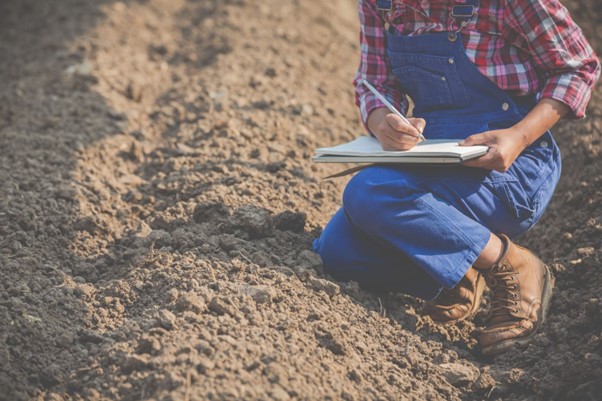Mostap Soil Sampling: A Significant Sampling Technique
- February 15, 2024
- Posted by: Velosi Author
- Categories: Geotechnical, Insights

Mostap Soil Sampling, a geotechnical service is used to study the ground and how it behaves. Let us explore Mostap Soil Sampling and how it helps shape the land we live on. Furthermore, let us discuss why it is important and its role in shaping landscapes.
Have you ever wondered Why is soil important? Moreover, how can we make sure that buildings are safe and strong?
Understanding Mostap Soil Sampling
What is Mostap Soil Sampling?
Mostap Soil Sampling is a special way to collect soil samples from different depths in the ground.
Once the tests are performed, the experts can identify the different qualities of one solid sample. It includes soil compactness, water or moisture concentration, and its strength features. Thus, finding out if it can be made the base for building big monuments over it.
How Does Mostap Soil Sampling Work?
Mostap Soil Sampling is done by using a hollow tube that is pushed into the ground using hydraulic or manual power.
Once the tube goes as far down, we pull it out and it takes a sample of soil in a cylinder shape. These samples are then studied closely in labs to understand their physical and chemical characteristics.
Types of Data Collected:
During Mostap Soil Sampling, a lot of information is gathered, such as:
- Soil composition: Finding out what sorts of little pieces are within the soil, like sand, soil, mud, and rocks.
- Soil density: Finding out how firmly stuffed the soil is, which influences how much weight it can back.
- Moisture Content: Measuring how much water is within the soil is important for understanding how it’ll act in several circumstances.
Importance of Geotechnical Services:
Geotechnical services, like Mostap Soil Sampling, helps us find out if construction projects start on the right foot. By knowing how the soil acts, engineers can make buildings that are solid and can persevere in diverse climates. Hence, it can save your investments and convert them into profits.
In addition, geotechnical examinations are valuable for recognizing potential threats such as unsteady soil, groundwater, and seismic tremors.
Engineers must distinguish arrangements for these issues as early as conceivable to dodge expensive delays and guarantee the security of the specialists and inhabitants of the building.
Advantages of Mostap Soil Sampling:
- Accuracy & Reliability: This process of sampling gives correct and dependable information about the soil, which helps engineers make good choices when they are planning and building projects.
- Cost-Effectiveness: Geotechnical investigations cost money in the beginning, but they can help developers save money by avoiding expensive mistakes and making sure buildings last a long time.
- Time Efficiency: It is a fast and effective way for engineers to get important information for their projects without causing long delays.
Applications of Mostap Soil Sampling:
- Construction Industry: In construction, this process is used to check if a building site is good for construction, plan foundations, and find out how strong the soil is to support the building.
- Infrastructure Development: It helps engineers design strong and long-lasting roads, bridges, and tunnels.
- Environmental Studies: This process is used to check if the soil is dirty, keep an eye on how much water is in the ground, and see how people are affecting the environment.
The Process of Mostap Soil Sampling – Explained
- Before the soil sample is taken, detailed research is done by the experts which allows them to find out the perfect conditions to further work on these samples.
- Then, A tube is inserted into the ground using either hydraulic or manual power that collects the soil.
- The tube is pulled out, holding a round piece of soil in it. Soil samples are taken to labs for closer study.
- This analysis tests soil samples to see how big the grains are, how much water is in the soil, and how compact it is.
Please contact us for more information and assistance.



